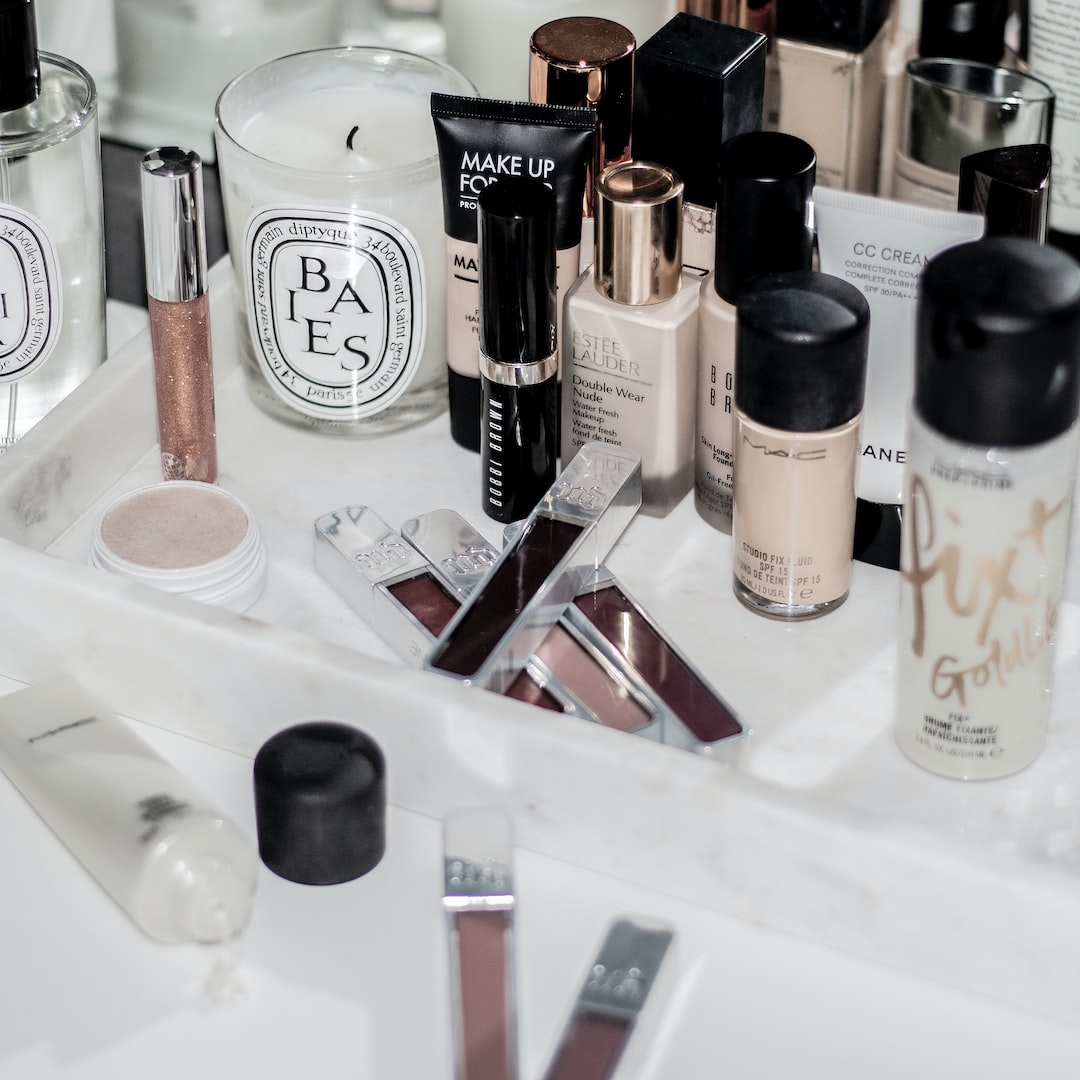Contouring and highlighting are two makeup techniques that can change the entire look of a person’s face. With the help of these techniques, anyone can enhance their facial features and create a sculpted and defined look. However, mastering these techniques can be challenging, especially for beginners. In this article, we’ll guide you through the ultimate guide to contouring and highlighting.
Contouring
Contouring is basically the process of creating the illusion of shadows on your face, which helps to create a more defined look. Here are the steps for contouring:
Step 1: Prepare Your Face
Before you start contouring, you should apply foundation and concealer on your face. You may also apply primer, but it’s not necessary.
Step 2: Choose Your Contour Product
Contour products are available in various forms such as cream, powder, and liquid. You can choose the product that suits you the most. However, it’s recommended to use a shade that’s two to three shades darker than your skin tone.
Step 3: Apply Contour
Apply the contour product on areas of your face where shadows naturally appear. These areas include the sides of your forehead, temples, cheekbones, jawline, and nose. With the help of a contour brush or a makeup sponge, blend the product well, so it looks seamless.
Step 4: Set it with Powder
After blending the product, set it with powder. This will help to keep it in place and prevent it from smudging. Use a translucent powder so that it doesn’t change the color of the contour.
Highlighting
Highlighting is the process of bringing out certain areas of your face and giving them a brighter, glowy effect. Here are the steps for highlighting:
Step 1: Choose Your Highlighting Product
Highlighting products are available in various forms such as cream, powder, and liquid. You can choose the product that suits you the most. However, it’s recommended to use a shade that’s two to three shades lighter than your skin tone.
Step 2: Apply Highlight
Apply the highlighting product on areas of your face that you want to accentuate. These areas include the top of your cheekbones, under your brow bone, the bridge of your nose, the tip of your nose, your cupid’s bow, and your forehead. With the help of a highlighting brush or a makeup sponge, blend the product well, so it looks seamless.
Step 3: Set it with Powder
After blending the product, set it with powder. This will help to keep it in place and prevent it from smudging. Use a translucent powder so that it doesn’t change the color of the highlight.
Tips for Contouring and Highlighting
1. Don’t overdo it – it’s better to start with a minimal amount of product and build up the intensity gradually.
2. Always blend well – the key to a good contour and highlight is seamless blending.
3. Choose the right products – choose products that suit your skin type and tone.
4. Use the right tools – use a brush or sponge that is designed for contouring and highlighting.
5. Highlight after contouring – always highlight after contouring.
6. Use natural lighting – contour and highlight in natural lighting to get the most accurate results.
7. Practice, practice, practice – contouring and highlighting are not easy techniques to master. Practice these techniques until you feel confident.
In Conclusion
Contouring and highlighting are techniques that can help enhance your natural features and give you a more sculpted and defined look. By following the steps and tips mentioned above, you can master these techniques and achieve a flawless makeup look.

